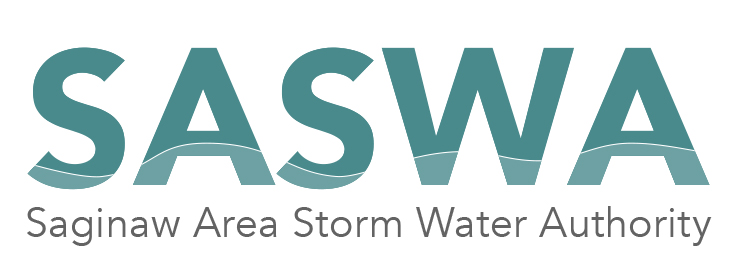E. Coli Pollution Prevention
During a rainstorm, while the fallen stormwater is on its way to the storm drain, it picks up contaminants that are on the ground, such as pet waste left in the yard. However, once it enters the stormwater system, the water is redirected straight to lakes, rivers, and streams without receiving any prior treatment. Escherichia coli or E. coli is a bacterium found in human and animal waste and through stormwater systems, and is used as a water quality indicator species. E. coli may be harmful to human health, but it is often an indicator that other harmful pathogens may be present in the water that are harder to test for.
Similarly to pet waste left in the yard, rainwater can pick up leaked sewage from septic tanks and carry it through the storm system, too, risking contamination in watercourses. In a Saginaw Area Storm Water Authority (SASWA) survey, 76% of respondent with septic tanks stated that their system had been checked or serviced during the past five years. The Environmental Protection Agency (EPA) suggests that a professional septic system inspection should be done once every three years and pumping of the tank once every five years. For a full EPA guide on septic tank practices to help do your part to protect local waters, click here.
For maintaining water quality, the Federal Clean Water Act requires Michigan to address pollution issues with either a Total Maximum Daily Load (TMDL) or by fixing the problem through other means. A TMDL is a document that describes the process used to determine how much pollutant load a lake or stream can assimilate. The Michigan Statewide E. coli TMDL covers a portion of the Saginaw area. For more information on Total Maximum Daily Loads in the Saginaw Area and resources to maintaining water quality standards, visit the SASWA TMDL page here.


